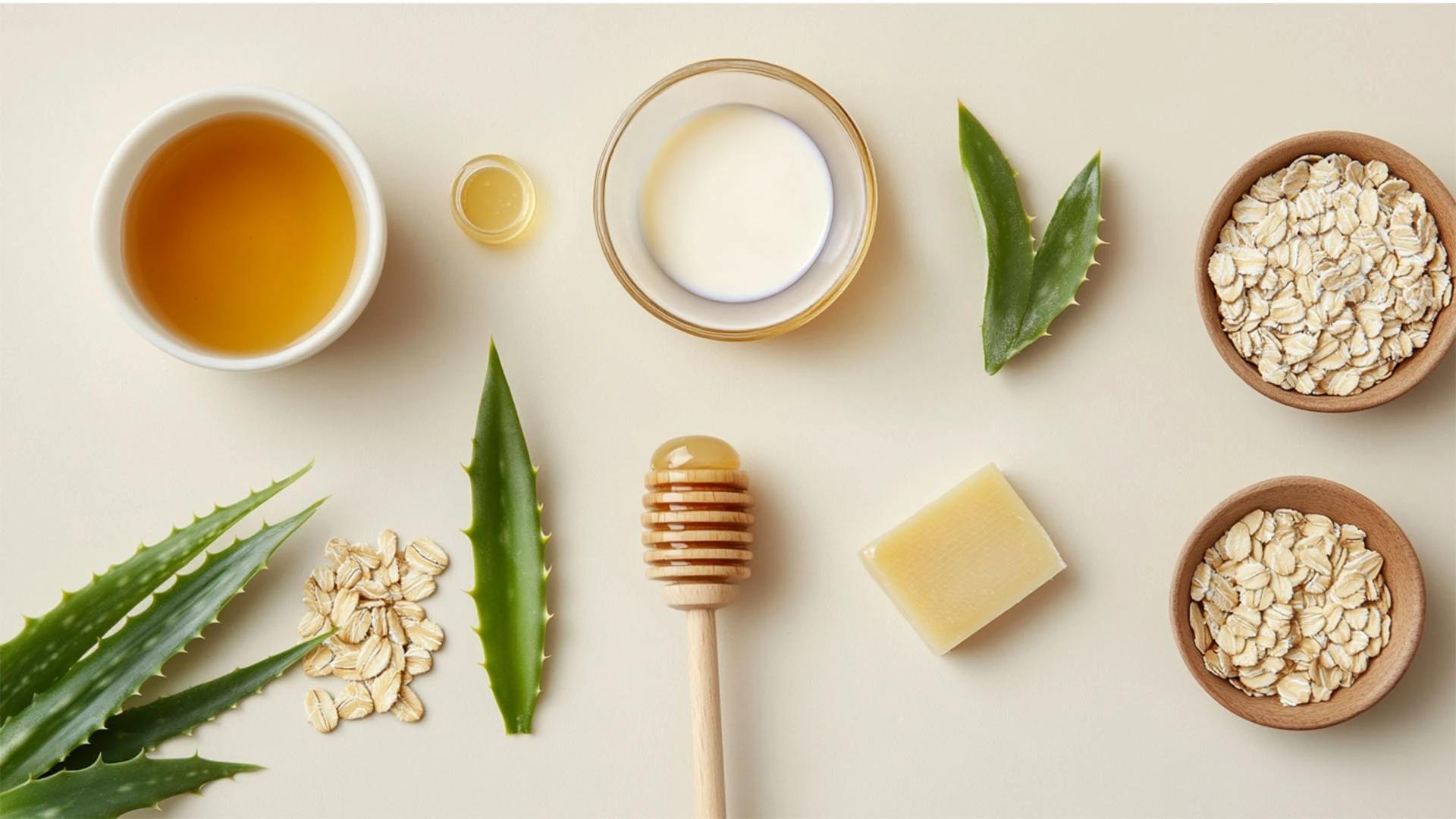lightweight foundation that won't slide off oily areas or cling to dry patches. Look for buildable, non-comedogenic formulas that offer a natural finish. Use less product on your T-zone and blend thoroughly.
Customising Your Routine for Day and Night
Your morning routine should focus on oil control and protection, whilst evenings are perfect for deeper treatments and repair. During the day, prioritise your mattifying serum, balancing moisturiser, and sunscreen. At night, layer on your pore-minimising treatments and richer moisturising products.
Seasonal changes affect combination skin too. Summer might require more mattifying products, whilst winter calls for extra hydration on your cheeks. Pay attention to how your skin responds and adjust accordingly.
Common Mistakes to Avoid in Combination Skin Care
Over-cleansing is one of the biggest mistakes people make with combination skin. Washing too frequently or using harsh products can actually trigger more oil production in your T-zone whilst making dry areas even drier. Stick to twice-daily cleansing with gentle formulas.
Using products that are too heavy for your oily zones or too light for dry areas creates imbalance. Avoid rich creams all over if they make your T-zone greasy, and don't skip moisturiser on dry areas just because other parts of your face are oily.
Frequently Asked Questions
What causes combination skin?
Combination skin is largely genetic, but hormones, age, and environmental factors can influence it. Your T-zone naturally has more oil glands, which is why it tends to be oilier than your cheeks.
Can diet affect combination skin?
Whilst there's no definitive proof that specific foods cause combination skin, a balanced diet with plenty of water can support overall skin health. Some people notice improvements when they reduce dairy or high-glycemic foods.
How often should I change my skincare routine for combination skin?
Give new products at least 4-6 weeks to show results. However, you might need to adjust your routine seasonally or as your skin changes with age or hormonal fluctuations.
Are natural skincare products effective for combination skin?
Many natural ingredients work brilliantly for combination skin—like tea tree oil for oily areas and aloe vera for dry zones. However, natural doesn't always mean gentler, so patch test new products and choose based on ingredients rather than whether they're natural or synthetic.
Key Takeaways
Combination skin requires a thoughtful approach that treats different areas according to their specific needs. This 10-step checklist provides a framework for building a routine that balances oil control with proper hydration. Remember, consistency is key—give your routine time to work before making major changes.
The beauty of combination skin is that once you figure out what works, you'll have a routine that keeps both oily and dry areas happy. Start with the basics and gradually introduce treatments like exfoliating pads and pore-minimising products. Your skin might be complex, but with the right approach, it can absolutely be your next skincare success story.

 100 ml
100 ml 50 ml
50 ml 200 gm
200 gm Combo
Combo